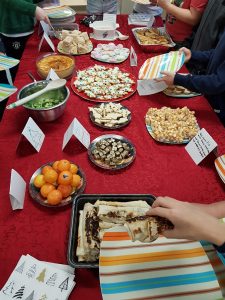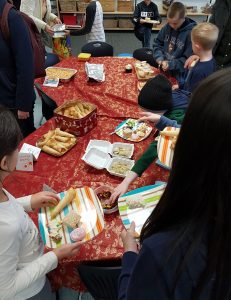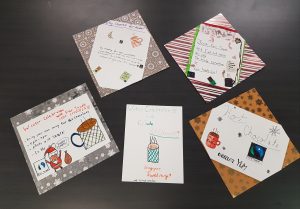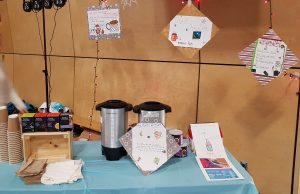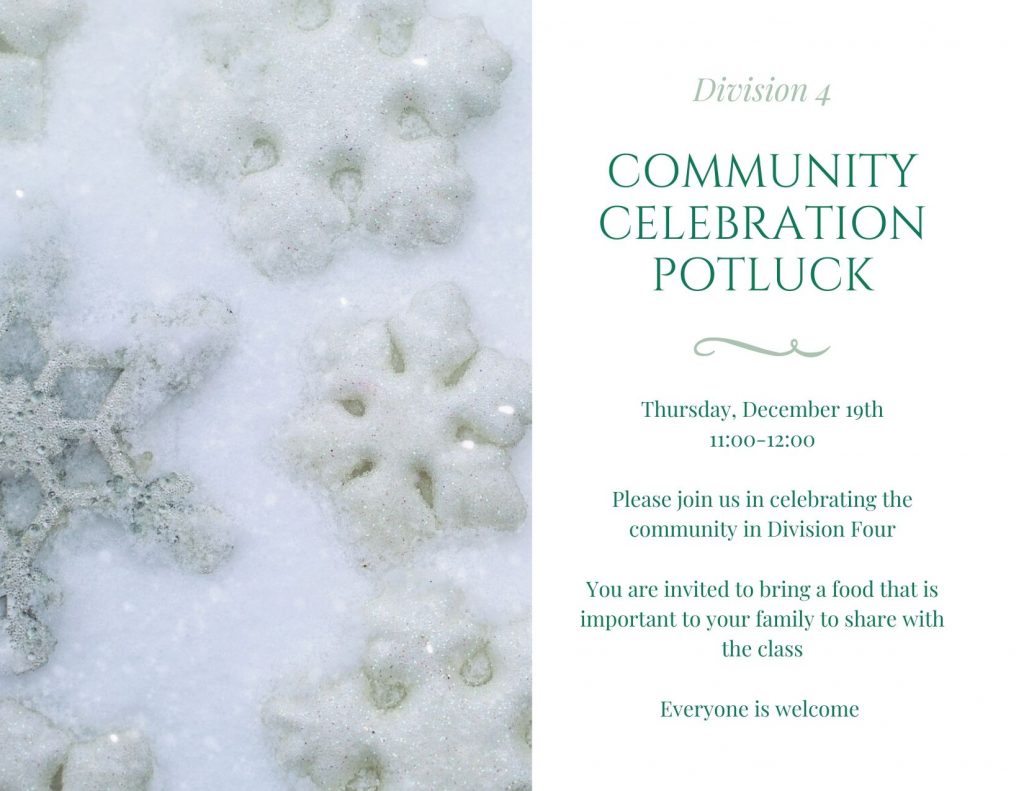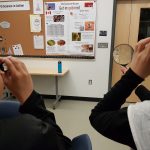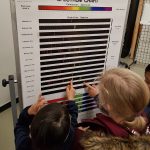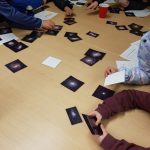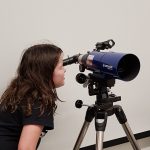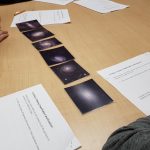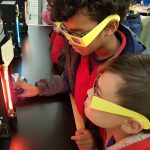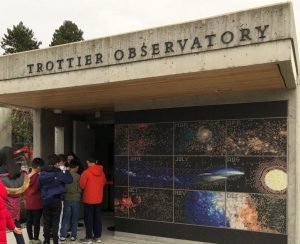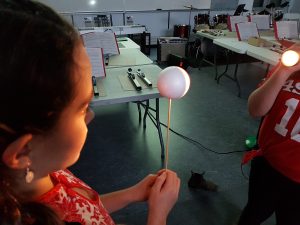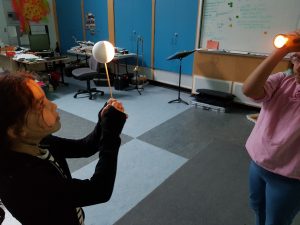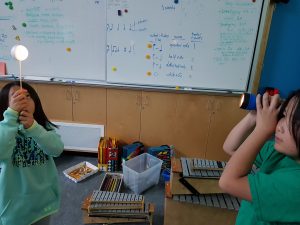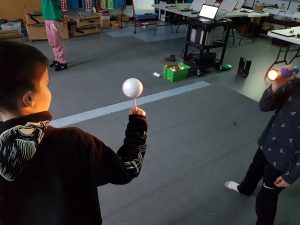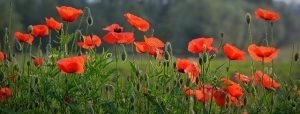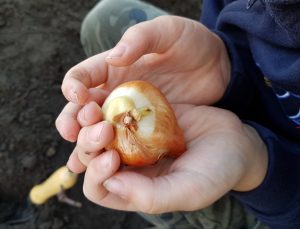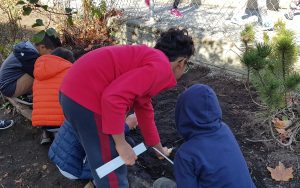On Dec. 19th, we had a beautiful turn out to celebrate our community at our potluck. Thank you so much for sharing this day with us in so many ways. Thank you for sending in such special and delicious foods. Thank you for coming in to spend time with family and friends. This was such a special day.
Page 21 of 24
Our UHE Fair Trade Committee is an amazing group of students, parents, teachers and principal. We have many exciting ideas on the horizon for increasing awareness and advocacy for ethical, sustainable, and fair trade products. This year, our supportive PAC ensured that our beverages for all winter events were fair trade, and our students created some signs to share why. Thank you, team!
On Thursday, Dec. 5th, Div. 4 and 5 visited SFU for an astronomy workshop and visit to the Trottier Observatory. After going on a tour of the universe, we explored many questions. We learned about how telescopes work by testing out different lenses. Then we wondered what the universe is made of, and used spectral glasses to look at energized gas tubes – recognizing patterns in the elements. Finally we tried to sort stars, nebula, and galaxies along a spectrum.
Be sure to visit the observatory on any clear Friday night for star gazing with the community.
This term in book club, we have been exploring the structure of stories through graphic novels. We learned and noticed how text and visual features work together in graphic novels to tell a story. From organizing the panels and gutters, to different perspective shots, how can we create feeling, suspense, emotion, drama, connection?
Next, we started looking more closely at what features are important to a story. What are the elements of a plot? How do we develop exposition, introducing character and setting? How can we have rising actions build up to a climax? How can we resolve our conflict through rising action and resolutions?
After examining the plots of the graphic novels we were reading and discussing in book club, and comparing them to other films and novels, we began to create our own stories. We are using the structure of a graphic novel to tell our stories. So far we have been working on our character sketches, plot diagrams, plot maps, and next week we will start creating the graphic novels themselves. Share your ideas with your family this weekend! See if they have any feedback or ideas for your plot!
Please click here to share your thoughts on our first term. Make sure to add lots of detail!
I just submitted my third climate challenge week and am excited for the final week. Let me know if I can support you in any of your upcoming climate goals! Of course, this is just one fun way to gain momentum and raise awareness of how small actions can make a difference. And even once the contest is over, we will continue to do our best! I love seeing your leadership, Div. 4 and 5!
Thank you to everyone who has shared their Cultural Inquiry Projects during the last few weeks. We love learning about you, your family, culture, stories, and experiences. It is amazing to see the connections, wonders, and appreciations we have for each other. We are looking forward to hearing from the rest of our classmates over the next two weeks!
This week we wondered, “Why doesn’t the Moon always look round?” We talked about how the Moon reflects the light of the Sun, learned the phases of the Moon, and experimented to figure out what causes the change in the Moon’s appearance.
See if you can see the moon in the sky this weekend! If you have binoculars, look through them together at the Moon. The best time for moon-gazing is when the Moon is half-bright/half-dark. The line that divides the dark (night side) of the Moon from the bright (day side) of the Moon is called the terminator. Along the terminator, shadows make it easier to see craters and mountains.
If you feel like comparing what you see to a map of the Moon, there’s a great map of the most visible craters here and a map of the dark gray areas known as seas here. The Moon’s seas are dry flat plains created billions of year ago by flowing lava. But early astronomers thought these dark gray areas might be filled with water and called them seas or maria (Latin for seas), and the name stuck.
Thank you to our Div. 4 community for sharing the stories of your families and connections to war and peace.
This year, we planted promise tulips and daffodils. Next year we will starting a tradition of planting Flanders Fields Poppies on Remembrance Day and saving their seeds in the spring.
Wishing you all love and peace this Remembrance Day.
